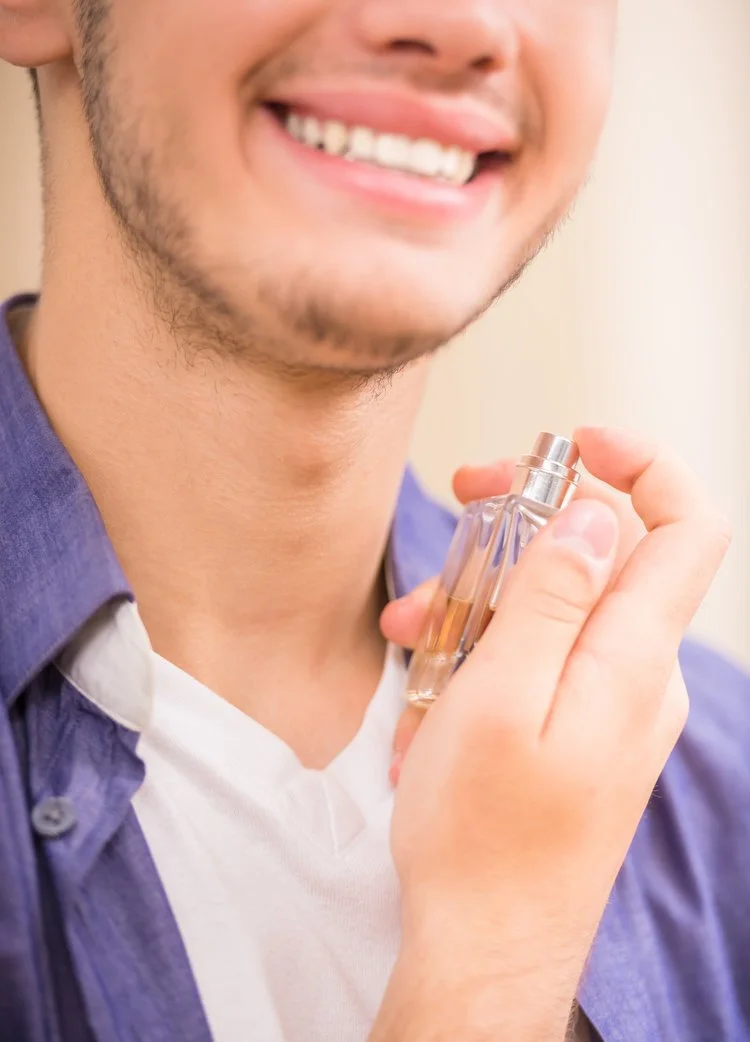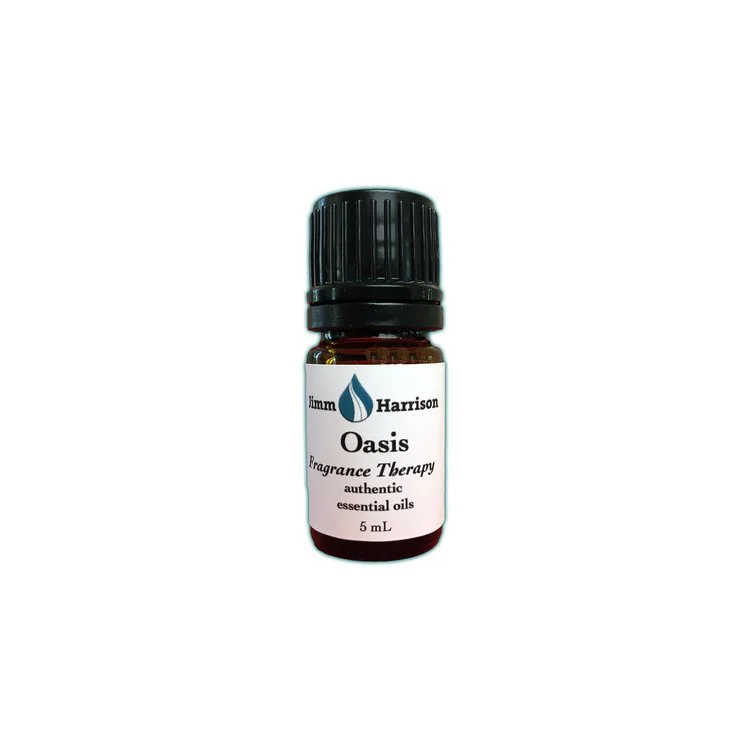3 Steps to Better Essential Oil Fragrances
It’s called aromatherapy, which makes an assumption that essential oil blends smell good. Well, good is very subjective, mostly due to each persons unique memory and emotional association with odor. Scent, good or bad, is all about the individual end user. The art of fragrance blending is the ability to create a scent that appeals to many noses. This is true with essential oil formulation, though the expectation of “smells good” is altered somewhat due to blends being made for therapeutic function. Often, in this case, the scent is either acceptable or tolerated. The art of essential oil scent blending is to create pleasing and desirable, perfume like, therapeutic formulations. It’s difficult for people to use a product they don’t like the scent of.
No Rules
The number one rule to scent blending is there are no rules. There is a learning curve, a practice and experience necessary to achieve the skills of a seasoned fragrance formulator. In my years of blending experience I have developed methods, techniques and, most importantly, a style to create unique and pleasing formulations for essential oil therapy. Here are 3 steps to creating great smelling essential oil blends.
1. Develop a relationship with the essential oils
Knowing the scent nuances, character, dimension, spirit, compatibility and scent volume of the essential oils provides the information needed to anticipate how they will behave in a blend. The language used here to describe scent and character of essential oils is not universal. There are many ways to describe the oils. What I’m expressing is that I delve deep into the many aspects of each essential oil, not just “smells like” or what its therapeutic properties are. This is an art, and a requirement is to have a personal relationship with the tools. This guides my choice in the fragrance profile and the overall scent outcome.
The way to create a relationship with the oils is to use them - sit with them, experience them by applying or using them in different ways, such as diffuser, bath and diluted in a cream or oil base. Take notes, or journal the experiences with each oil, though mostly the information I have is stored in my olfactory memory. I call on this memory as I write out recipes in a spreadsheet, smelling the composition in my head, rarely with the oils in my presence until physically blending. My relationship with the oils, and experience using them, allows me to anticipate how my selections and amounts will work in the blend.
Essential oils, skin care and emotions
2. Anticipate the fragrance profile and feel
The blend requires a scent goal and can be defined in many ways, the basics being floral, fresh (citrusy, green or watery), spicy and woodsy. The fragrance goal is identified according to who the blend is being made for. This could be an individual or a demographic, that includes age, gender, values, style or personality. Imagine how a 40 year old male would likely respond differently to a fragrance than a 14 year old female or a woodsy naturalist having a differing scent perception than an urban financier.
When creating the overall fragrance, strive to develop a character or feel, such as lively, exotic, soothing, strong or comforting. The fragrance and feel tell a story. In developing a blend I‘ll express this as having an idea, or a statement being presented. This idea often becomes the naming of the blend. The names Oasis, Courage, Sanctuary, Transcend and Calm & Easy suggest an idea or an expectation. Any idea works, and I’ve had some interesting suggestions in my classes, like Road Less Traveled, The Trickster, Regal and Summer Hive.
3. Make blending a process
The selection of essential oils comes from the fragrance direction or therapeutic goal. A composition is formulated around base note, middle note and top note, identifications as defined in perfumery. A relationship and specific experience with the oils, explained in step one, is the absolute guide used to the select essential oils for the chosen goal.
There are a number of techniques used to formulate a fragrance. It begins with selecting the essential oils and the direction of the blend. Is it a perfume like fragrance blend, therapeutic blend or combination of both? With essential oils you’re going to get both no matter your focus. From my years of working with essential oils I have come up with a procedure called 8 Steps For Therapeutic Essential Oil Formulation and Application that I now teach in my courses. In a less than linear fashion I still use these 8 steps to write all therapeutic and fragrance recipes. A planned recipe is a strategy, not always a final decision.
The design and outcome of a blend is a creative exercise and may be altered, twisted, or taken in new directions as its being formulated. The blending process I use is common in perfumery, starting with the base note and building from there. After combining the first two oils, I give a few seconds, to minutes, and smell the note created. If satisfactory, for whatever reason I decide, the following oils can then be added. The task at this point is to determine if the amount written for the next essential oil feels correct, anticipating what scent effect it will have. If next on the list is 2 grams of black pepper, I may sense that I only need 1.4 grams to be more in line with the anticipated fragrance profile. I’ll add the oil to the formula and again, wait, smell, then proceed once the amount matches my goal. Continue this process for each essential oil that follows. Less is always the better way to start, adding more for each oil as I sense is appropriate. This can take on new dimension, a change in focus or other shift in the fragrance plan.
This process allows for adjustments and more accurate control of the scent outcome. Some perfumers can let formulas in progress sit for days, weeks or many months before continuing their composition. It’s important to always keep track of amounts when there are changes and reformulate the recipe accordingly.
There is much more to be learned in the practice and art of essential oil fragrance. If you would like a one-to-one instruction and guidance please email to schedule a consultation. support@jimmharrison.com



